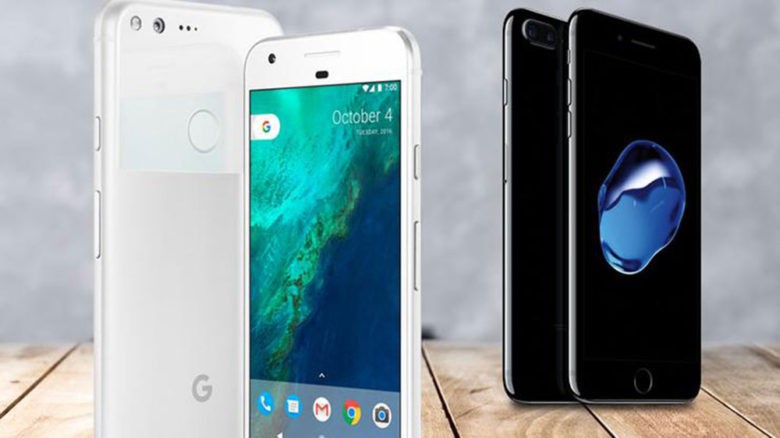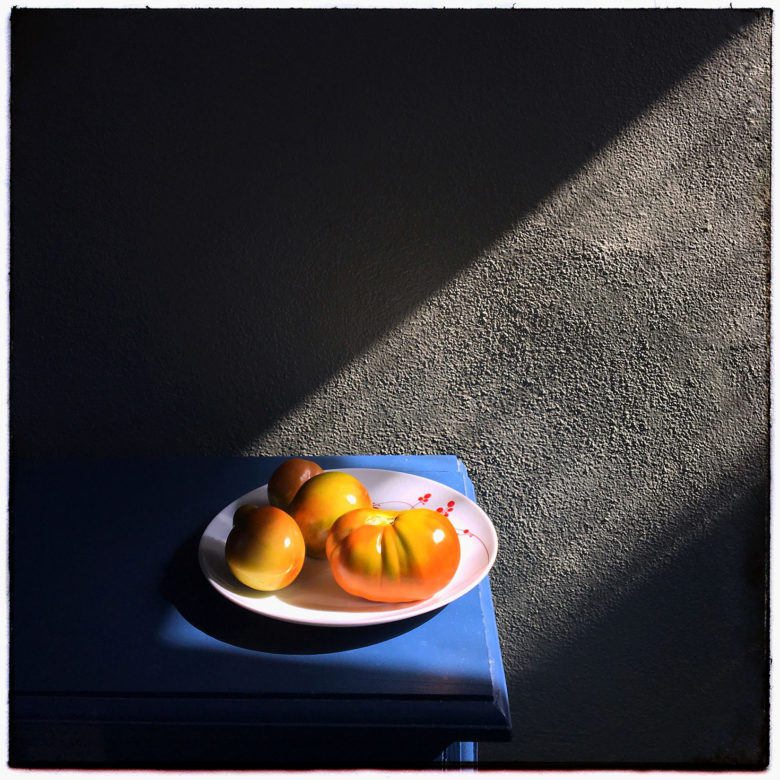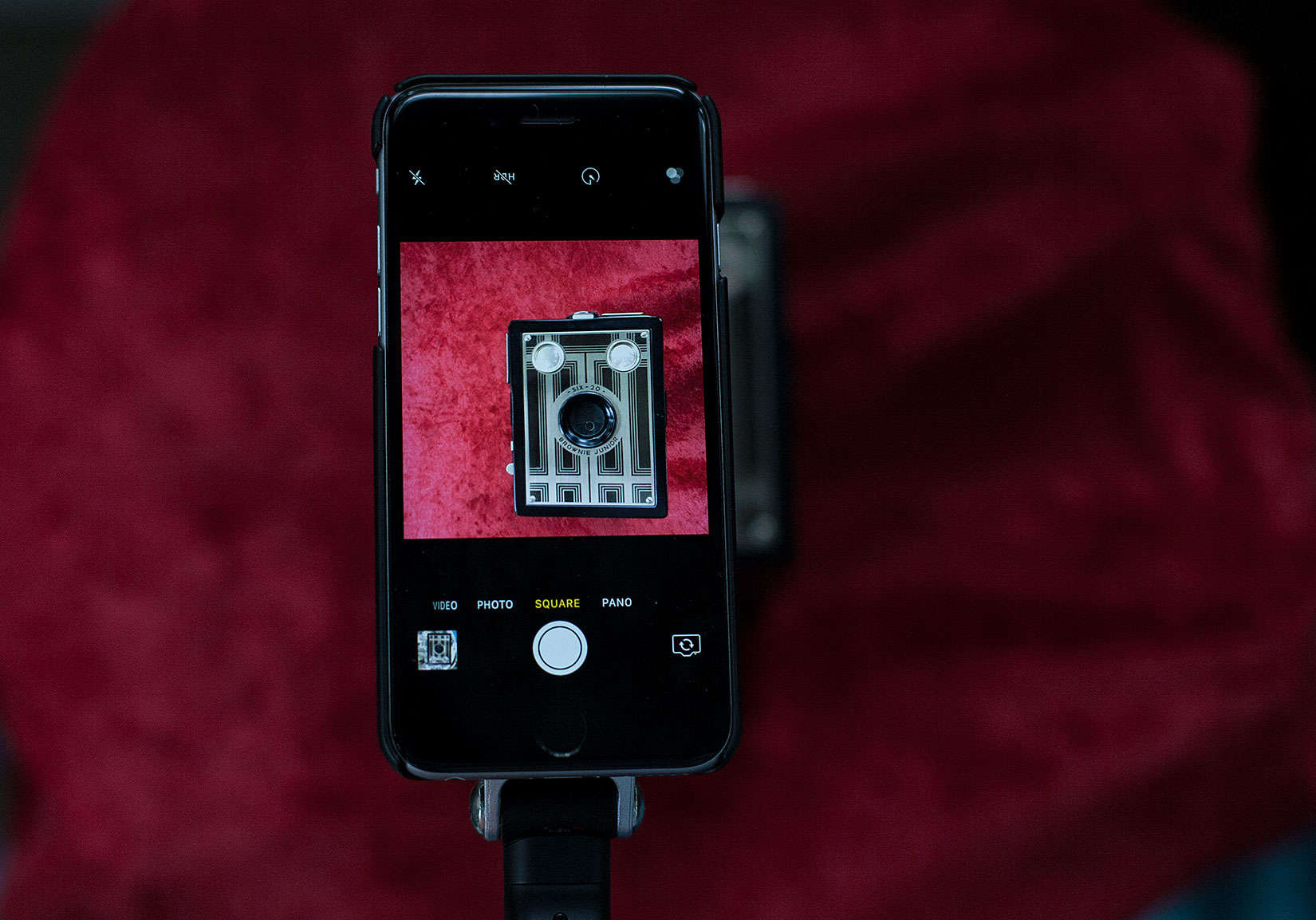Miroslav Tichy roamed the streets of his Czech Republic town with a camera made of plywood, a cardboard tube and a plexiglass lens he polished with toothpaste and cigarette ashes. His crude, distorted photographs now hang in museums around the world.
So don’t worry if the camera on that iPhone 7 you just purchased doesn’t score high in some laboratory test that pits its image quality against other cameras.
The iPhone 7 was unveiled last month and photographers were especially eager to upgrade. Each successive iPhone camera has offered improvement, and the iPhone 7 Plus promised to continue that upward trajectory with a bigger sensor and a second lens for an optical zoom.
iPhone 7 camera reviews roll in
Some tech pundits were already ringing a solemn church bell to signal the funeral of DSLR cameras, which probably plays well for those who need to always trade up for the latest iPhone. Once in hand, photographers began shooting, posting pictures and comparing the latest “best ever” iPhone camera with those before them.
[contextly_auto_sidebar]
Then the reviews started rolling in.
One photographer tested the iPhone 7 Plus against the mighty Sony a7r II and, of course, you could zoom in on the pictures and see noticeable differences in the files. The Sony images were better, but this was not a fair fight. No real insight can be gained from a predictable outcome.
Consumer Reports said the iPhone 7 and 7 Plus camera quality was not significantly better than the iPhone 6s hardware. DxOMark, which employs scientists to assign industry standards to cameras and lenses, also tested the iPhone 7 camera. It claimed it was Apple’s best but also rated the just-announced Google Pixel higher. (DxOMark makes a camera that attaches to smartphones, so it’s up to the individual to decide if the evaluation conflicts with something the company is selling.)
A different test this week yielded a different result: Geekbench 4 said the iPhone 7 camera completely outperformed the Pixel’s.

Photo: PC Magazine
Another photographer, Shin Noguchi, said he was “blown away” by the performance of his iPhone 7 camera compared to the same scenes shot by $9,000 worth of Leica gear. He still prefers his Leica but said the iPhone 7 camera is the “best 1/3 sensor camera, nothing more, nothing less.”
Splitting pixels about iPhone 7 camera
This is what gadget geeks and the gear-obsessed do — flyspeck each and every pixel and bloviate about their discoveries. Two reviewers can conclude different outcomes. There is some useful information, but for the most part, none of these tests matter.
Avoiding this kind of hyper-detailed information is part of the reason why people discovered photography through the iPhone. With the smartphone camera, they didn’t need a technical education or a hypervigilant awareness of settings to practice the craft. Apple coded in the essentials and users could just start making pretty pictures.

Photo: David Pierini/Cult of Mac
Photography for the masses was suddenly easy and could be integrated with the enjoyment of life experiences. People could just point the iPhone at a subject (in many cases themselves), press the virtual shutter, instantly see a clear picture, and publish it in real time for an interested audience.
Along the way, apps allowed us to change the look of our photos, making them brighter or, through a selection of filters, adding a sense of style. None of this required the user to evaluate a histogram.
Apple and software developers started introducing features that, until recently, could only be achieved with expensive equipment and technical know-how accumulated through study and much trial and error. Time lapse is one example; selective focus is another. With an iPhone 7 Plus software update, users are learning the Japanese word bokeh (the out-of-focus parts of a picture that makes a sharp subject pop).
I was floored to hear the word, usually understood only by photographers, uttered at Apple’s fall product launch. It came during a demonstration of a new iOS feature that produces an effect previously created by the shallow depth of field of an incredibly fast — and often expensive — lens.
When it comes to photography, what does matter?
Some very good photography has been produced by people who couldn’t explain the difference between f/8 and f/2.8. Using a smartphone camera with their senses — the most important tools for a photographer — people continue to make pictures that are poetic, tell a story, and are worthy of a gallery wall. Instagram is littered with examples of people who, in essence, make pictures with their heart and not a particular camera or formal photography education.
Hemingway’s novels weren’t brilliant because he used a particular typewriter. He may have selected a model that allowed his percussive fingers to fly with no interruption save for the occasional replacement of typing ribbon. The typewriter was there and it had a job, but those stories came from Hemingway’s soul, imagination and life experience.
Google Pixel, iPhone 7 Plus — just pick one you feel is reliable and won’t interfere with your story. If product tests are important before you purchase, look for what they say about clarity, color and focus. Is the focus fast and accurate? Do the colors look natural? Is that extra telephoto lens something you would use?
If you can answer yes to those questions, then you have most of the information you need.
And if two devices each score well with minor differences, anecdotal information from friends or bloggers can offer critical user experience insight not predicted by science.
We are in the middle of a wondrous tech age. It is natural to marvel at our gadgets and how much such tiny machines can do. We remain eager for the next innovation, so we examine the newest gadget looking for a reason that the device we purchased six months ago should be retired.
Naturally, we learn by deconstructing things. It’s important to see if a device’s specs live up to the promises of the company’s marketing. Words like “best ever” or “world’s first” are designed to hook us and steer a more logical mind away from the actual details.
Just don’t get bogged down by minuscule differences or multicore performance scores that determine the power of a CPU. If someone laughs, cries or is struck by amazement because of one of your photos, those are the scores that matter most.


